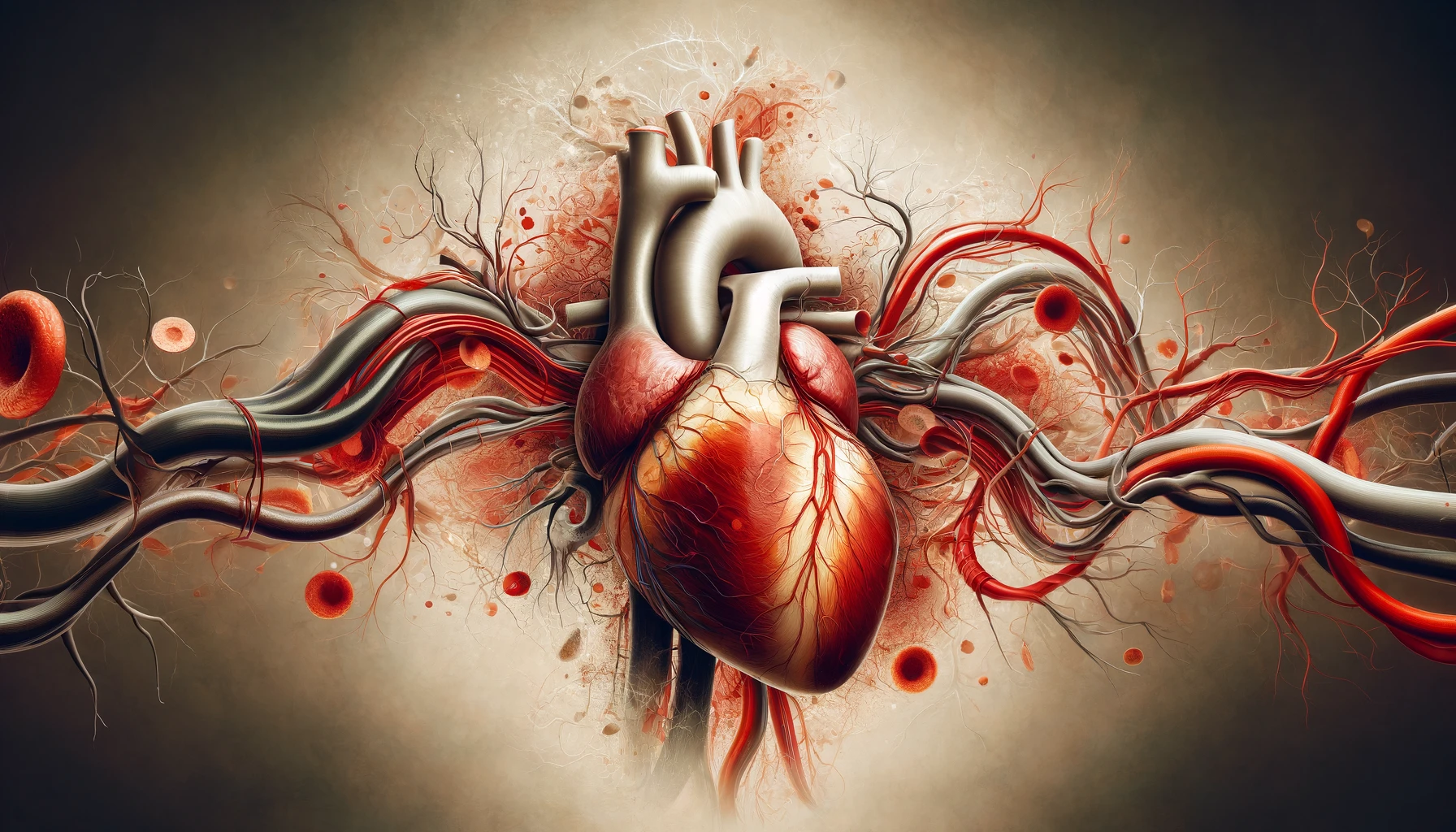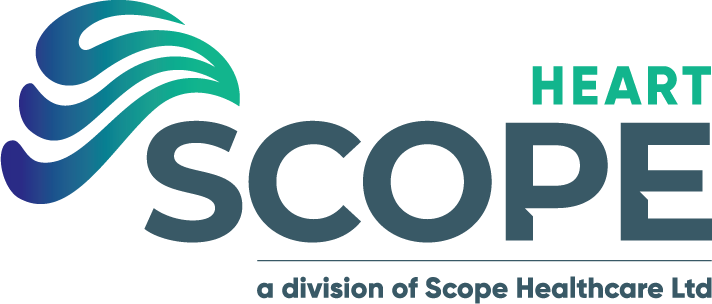
Cardiovascular disease (CVD) encompasses a range of conditions affecting the heart and blood vessels, impacting millions of people worldwide. Understanding CVD is crucial as it remains one of the leading causes of death globally. This article aims to demystify the various aspects of cardiovascular diseases, offering insight into their causes, symptoms, and available treatments, helping patients and their families navigate their health more effectively.
What is Cardiovascular Disease?
Cardiovascular disease refers to several disorders of the heart and blood vessels that can lead to serious health complications. Some of the primary types include:
- Coronary Artery Disease (CAD): This is the most common type of heart disease, caused by the buildup of plaque in the heart’s arteries, which can reduce blood flow to the heart muscle.
- Heart Attack: Often a result of severe CAD, a heart attack occurs when blood flow to a part of the heart is blocked for a long enough time that part of the heart muscle is damaged or dies.
- Stroke: This happens when a blood vessel feeding the brain gets clogged or bursts, leading to potentially permanent neurological damage.
- Heart Failure: A condition that means the heart is still working but is not as efficient in pumping blood to meet the body’s needs.
- Arrhythmia: Abnormalities in the heart rate or rhythm, which can feel like the heart is fluttering or beating too hard or too fast.
Each type has distinct causes and effects on the body, and understanding these can help in managing the disease more effectively.
Causes and Risk Factors
The causes of cardiovascular disease are multifactorial, often a combination of genetic and lifestyle factors. Key risk factors include:
- Unhealthy Diet: Consuming excessive amounts of salt, fat, and sugar can lead to high blood pressure, high cholesterol, and weight gain, all of which increase CVD risk.
- Physical Inactivity: Lack of regular exercise contributes to poor heart health and increases the risk of heart disease.
- Smoking: Tobacco use significantly increases the risk of heart disease due to the chemicals in tobacco damaging the lining of the arteries.
- Alcohol Use: Excessive alcohol intake can lead to raised blood pressure and weight gain.
- Genetics: A family history of heart disease can increase your risk, making genetics a significant factor in CVD.
Understanding these risk factors can help with better management and prevention strategies.
Symptoms of Cardiovascular Disease
Identifying the symptoms of cardiovascular disease early can be crucial for effective treatment and management. Here are some general and specific symptoms associated with various types of cardiovascular diseases:
- General Symptoms: These may include chest pain or discomfort, shortness of breath, fatigue, dizziness, and palpitations.
- Coronary Artery Disease: Symptoms often involve angina (chest pain caused by restricted blood flow to the heart), which may feel like pressure or a squeezing sensation in the chest.
- Heart Attack: Signs include intense chest pain, pain in other parts of the body (such as arms, back, neck, jaw, or stomach), sweating, and an overwhelming sense of anxiety (similar to a panic attack).
- Stroke: Symptoms can appear suddenly and include numbness or weakness on one side of the body, confusion, trouble speaking, dizziness, and severe headache.
- Heart Failure: Common signs include breathlessness, persistent coughing, swelling in the legs and feet, and increased fatigue.
- Arrhythmia: This can cause a fluttering in the chest, racing heartbeat, slow heartbeat, chest pain, or dizziness.
Recognizing these symptoms is a critical step towards seeking timely medical advice and treatment.
Diagnosis of Cardiovascular Disease
Diagnosing cardiovascular disease involves a variety of tests and procedures to evaluate heart function and structure. Common diagnostic tools include:
- Electrocardiogram (ECG): Measures the electrical activity of the heart to identify any abnormal rhythms or heart muscle damage.
- Echocardiogram: An ultrasound of the heart that checks the pumping action and assesses the structure of the heart chambers and valves.
- Stress Tests: Assess heart function and blood flow during exercise to detect areas of reduced blood flow.
- Cardiac Catheterization: A procedure that involves inserting a catheter into a chamber or vessel of the heart to diagnose and sometimes treat cardiovascular conditions.
- Blood Tests: These can check levels of fats, cholesterol, sugar, and proteins in your blood, some of which might indicate an increased risk of CVD.
Each of these tests provides crucial information that helps in crafting a personalized treatment plan.
Treatment Options
Treatment for cardiovascular disease depends on the type and severity of the disease. Common approaches include:
- Lifestyle Changes: These are often the first line of defense and include eating a balanced diet, exercising regularly, quitting smoking, and limiting alcohol intake.
- Medications: Various medications can treat cardiovascular disease, including blood thinners, beta-blockers, ACE inhibitors, and cholesterol-lowering drugs.
- Surgical Procedures: In severe cases, procedures such as angioplasty, stent placement, or heart surgery may be necessary to restore or improve blood flow to the heart.
- Cardiac Rehabilitation: A supervised program that includes exercise counseling, education on heart-healthy living, and stress management.
Adherence to treatment plans and regular medical check-ups are vital to managing cardiovascular health effectively.
Prevention and Management
Preventing cardiovascular disease involves a combination of lifestyle adjustments and regular medical check-ups. Here are some effective strategies:
- Healthy Eating: Adopt a diet low in trans fats, saturated fats, and sodium. Increase intake of fruits, vegetables, and whole grains.
- Regular Exercise: Engaging in moderate exercise for at least 150 minutes per week can significantly reduce the risk of heart disease.
- Weight Management: Maintaining a healthy weight helps to reduce the burden on your heart and decreases the risk of heart disease.
- Smoking Cessation: Quitting smoking dramatically decreases the risk of coronary heart disease, among other health benefits.
- Limit Alcohol: Drinking in moderation can prevent heart damage related to alcohol abuse.
- Stress Reduction: Learning to manage stress through relaxation techniques, meditation, or yoga can positively affect your heart health.
- Regular Screenings: Regular health screenings for blood pressure, cholesterol, and diabetes can help catch risk factors early.
These preventative measures not only lower the risk of developing cardiovascular disease but also aid in managing existing conditions more effectively.
Conclusion
Cardiovascular disease remains a significant health challenge globally, but understanding its types, symptoms, and treatments empowers individuals to take active steps towards managing and preventing it. By adopting healthier lifestyles and undergoing regular screenings, individuals can significantly reduce their risk and enhance their quality of life.
At Scope Healthcare and through our specialized service, Heartscope, we are committed to providing comprehensive cardiac diagnostic services. Our efforts are aimed at supporting individuals in managing their cardiovascular health efficiently, ensuring they receive the appropriate care and guidance needed to lead healthier lives.

